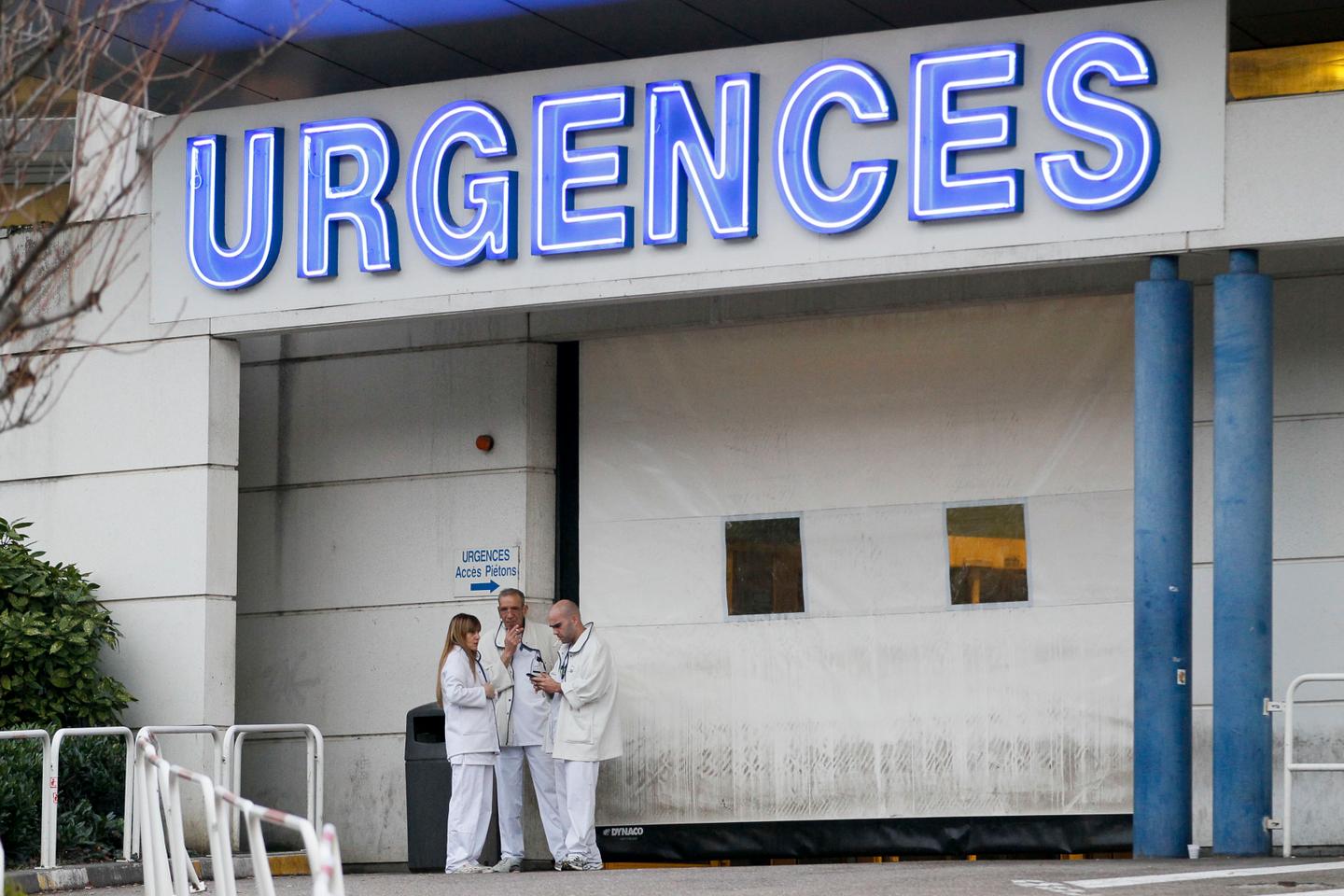In the emergency room, AI can help doctors with severely traumatized patients.
AI Assisting in Emergency Room Triage: A New Approach
Patient triage upon arrival at the emergency room is a mandatory step before hospital care, including for victims of severe trauma. This step directs cases based on injuries and their severity: head trauma, hemorrhage, spinal cord injuries, etc. It’s a crucial step because it determines the resources mobilized upon the injured person’s arrival in the emergency department. For example, if a hemorrhage is suspected, the procedure is to prepare an operating room and an intervention team, and to transport blood for a transfusion.
Incorrect triage can be fatal. “That’s why it’s important to try to anticipate patients’ needs as best as possible,” explains Tobias Gauss, an anesthesiologist-resuscitator at the CHU de Grenoble. A multidisciplinary team, of which he is a part, wanted to test what artificial intelligence (AI) could contribute to diagnosis in terms of accuracy and time savings. They developed Shockmatrix, an AI for triage assistance. Their tool, designed through a partnership with the Grenoble-based company Capgemini, uses machine learning technology: the algorithm was fed with data from 50,000 hospital admissions, from the national registry of severely traumatized patients. The AI is then supposed to be able to propose a diagnosis.
Enjoyed this post by Thibault Helle? Subscribe for more insights and updates straight from the source.






